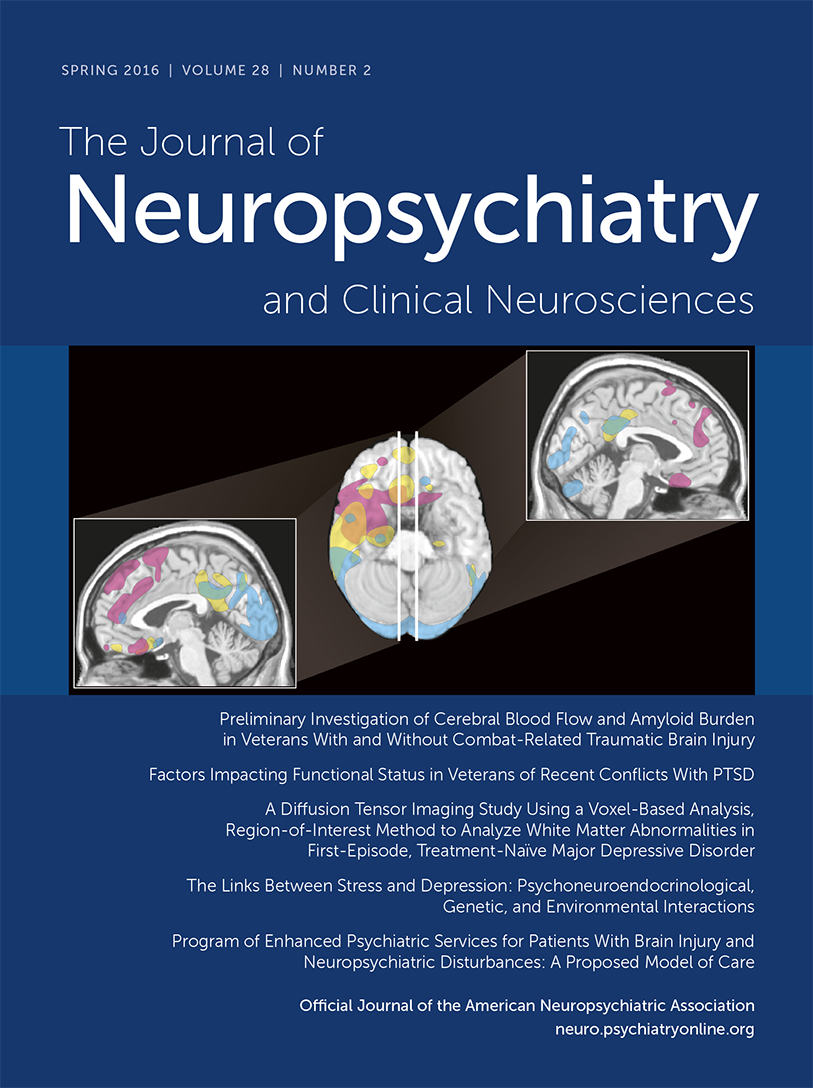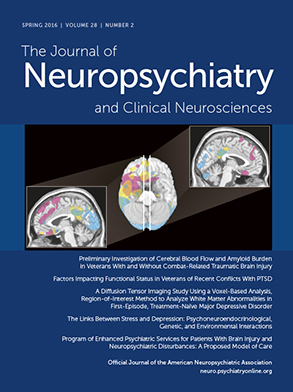Imaging studies of traumatic brain injury (TBI) have several major goals: to develop methods that detect neurotrauma-related brain abnormalities with high sensitivity and specificity, especially when routine neuroimaging is unrevealing; to identify prognostic biomarkers, including abnormalities that portend the development of adverse neurological, neuropsychiatric, and/or functional outcomes; and to advance our knowledge of task-associated brain function and dysfunction in a manner that elucidates the pathophysiology of TBI and its consequences. This quickly expanding literature, in general, suffers from a lack of consistency of techniques, methods of analysis, and subject exclusion and inclusion. These inconsistencies make it difficult to determine whether neuroimaging abnormalities identified in such studies are attributable to TBI, a co-occurring condition, a preinjury condition, or some combination of conditions. The cross-sectional design of most such studies also precludes conclusions about the permanence or transience of the findings, and at best allows only inference on the meaning of abnormalities in terms of TBI-induced changes in brain structure and/or function.
The study by Ponto et al. in this issue of the
Journal of Neuropsychiatry and Clinical Neurosciences is a preliminary examination of veterans from Operation Iraqi Freedom/Operation Enduring Freedom (OIF/OEF). Importantly, they assessed two measures of interest: evaluating a risk factor for Alzheimer disease (AD) (amyloid deposition) and measuring cerebral blood flow (CBF) in participants with and without a history of TBI (8 and 11 individuals, respectively).
1 They found that amyloid burden was similar, but those with a TBI had lower CBF. Assessments of cognition, depression, and posttraumatic stress disorder (PTSD) did not differ between groups, and there was no indication of whether those two groups were symptomatically distinguishable.
Several studies have demonstrated that TBI increases risk of developing AD. One hypothesized mechanism is that TBI promotes the deposition or inhibits clearance of amyloid.
2 It is important to note that in studies of individuals looking for risk of AD, many individuals who demonstrate amyloid on positron emission tomography (PET) of the brain—using Pittsburgh compound B (PIB), for example—do not have and may not necessarily develop AD. Amyloid on [
11C]PIB PET therefore carries a relatively high false positive rate in relation to diagnosing AD or pre-AD status, and the presence of amyloid after TBI does not necessarily portend AD.
3 By contrast, the absence of amyloid on PIB imaging studies may be useful as a marker of brain health and, possibly, reduced risk of AD (i.e., has negative predictive value for AD).
In the Ponto et al. study, [
11C]PIB PET was used to evaluate amyloid burden and the hypothesis that amyloid burden (and, by implication, risk of amyloid-related neurodegeneration) is associated with TBI and time since injury. Their findings did not support this hypothesis: amyloid burden did not differ between those with and without histories of TBI, and the extent of amyloid burden was not in the pathological range in either group. They note that this finding is consistent with prior studies that failed to support the hypothesis that TBI is associated with progressive amyloid deposition.
4,5 It is noteworthy that a risk factor for amyloid deposition in general
6 and after TBI,
7,8 APOE4 genotype, was not used as a risk stratifier in this study and may be relevant to the dynamics of amyloid deposition and clearance after TBI. If the participants in this study underrepresent APOE4 carriers relative to the general population, it is possible that this may decrease the likelihood of Ponto et al. finding an association between TBI and amyloid burden. The [
11C]PIB PET study did not show neurotrauma-related abnormalities and may not provide information that guides us to predict those that may be more vulnerable to develop adverse cognitive outcomes. Interestingly, a recent study demonstrated increased Abeta burden in a group with moderate to severe TBI using the same PET methodology.
9Ponto et al. also measured cerebral blood flow (CBF) at rest and under increasing emotional stimuli. We do not know if these findings would be similar if they used a paradigm that involved cognition (of note, the authors state that CBF with a “driving paradigm” will be published later). Those with TBI had lower global CBF, but regional CBF without stimulation was similar. Those without TBI exhibited a U-shape gCBF response to stress (resting<low stress>high stress) while those with TBI had a “flat” response to stress. The authors interpreted this as a possible indication of impaired vascular responsivity after TBI. CBF studies have been used in the sports concussion literature, demonstrating impairment.
10 However, the methodology differs, making comparisons problematic. For example, Meier et al. examined rCBF (not gCBF) during the early post-injury period and “at rest.” It is difficult to compare the acute effects of a TBI on CBF with that after several months or more, especially considering the differing circumstances of the injury.
However, the cerebro-cardiac connection may have significant implications in terms of physiology, symptoms, diagnosis, and treatment.
11, 12 The exacerbation of symptoms during aerobic exercise may be a diagnostic marker of persistent physiologic concussion, which can be effectively treated by gradual increase in aerobic exercise with normalizing in CBF.
13, 14 Interestingly, while this is in the “sport” literature, it has not been formally tested or incorporated in research studies in the military setting with more chronic symptoms.
15 In this study, no differences in symptoms between the controls and TBI groups were apparent. Would any persistent symptoms experienced by those who suffered TBI during war be provoked by exercise, and, if so, would an aerobic treatment protocol
13 result in normalization of CBF and amelioration of symptoms? Could this be added to studies of veterans with TBI/PTSD as a potential diagnostic methodology with treatment implications? It would be of interest to determine if these “chronic” changes are amenable to an intervention that may normalize these differences.
As with many small studies, we are unable to generalize these findings to a larger group of individuals with TBI (even in the military) to predict outcome or pathophysiology. One challenge to comparison with other studies and to generalization is the definition of TBI used to guide study inclusion: a minimum of 30 minutes of posttraumatic amnesia (PTA) or loss of consciousness (LOC). The American Congress of Rehabilitation Medicine (ACRM) criteria
16 and its progeny,
17 among others, set an upper limit of 30 minutes of LOC for mild TBI but allow PTA durations as long as 24 hours to remain in this injury severity category. Limiting PTA duration to 30 minutes includes only those with the mildest injuries to participate, whereas allowing LOC durations of up to 30 minutes permits inclusion of those whose injuries may border on moderate severity. Future studies of this type will be well served to ensure that the definition of TBI and its severity classifications are anchored to the ACRM definition of mild TBI.
Further well-controlled longitudinal studies of persons those with poor versus good outcome after TBI using markers like those employed by Ponto et al. are also needed to more clearly address the questions posed in this issue of the Journal. We are fortunate, then, that there are several federally funded research efforts that may offer such answers, including the NCAA/DOD Grand Alliance Consortium, Transforming Research and Clinical Knowledge in Traumatic Brain Injury (TRACK-TBI), TBI Endpoints Development (TED), and Chronic Effects of Neurotrauma Consortium (CENC).
For any study, it is important to consider multiple factors such as context (military, civilian, sports), multiple versus single TBIs, and time since injury. It is hoped that these collaborations will be a fertile ground for both finding potential negative prognostic indicators and examining whether assessment and treatment of mild TBI should be similar in many respects no matter what the setting and mechanism.

